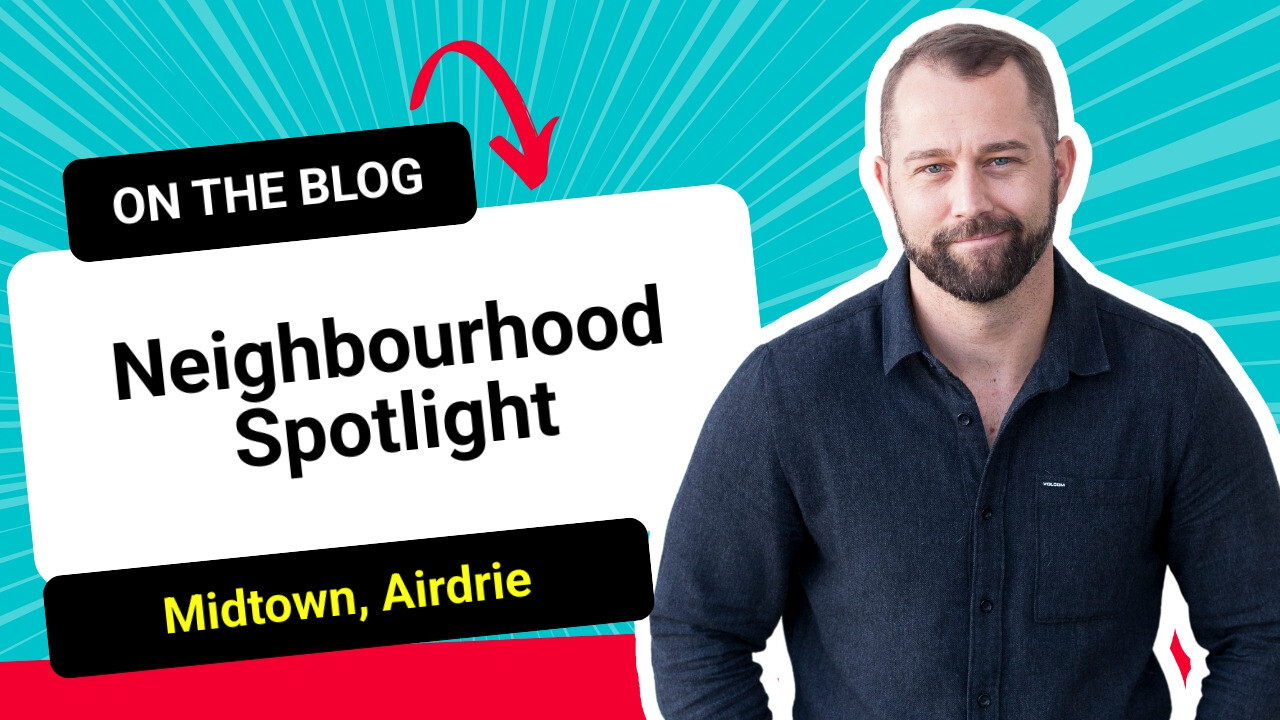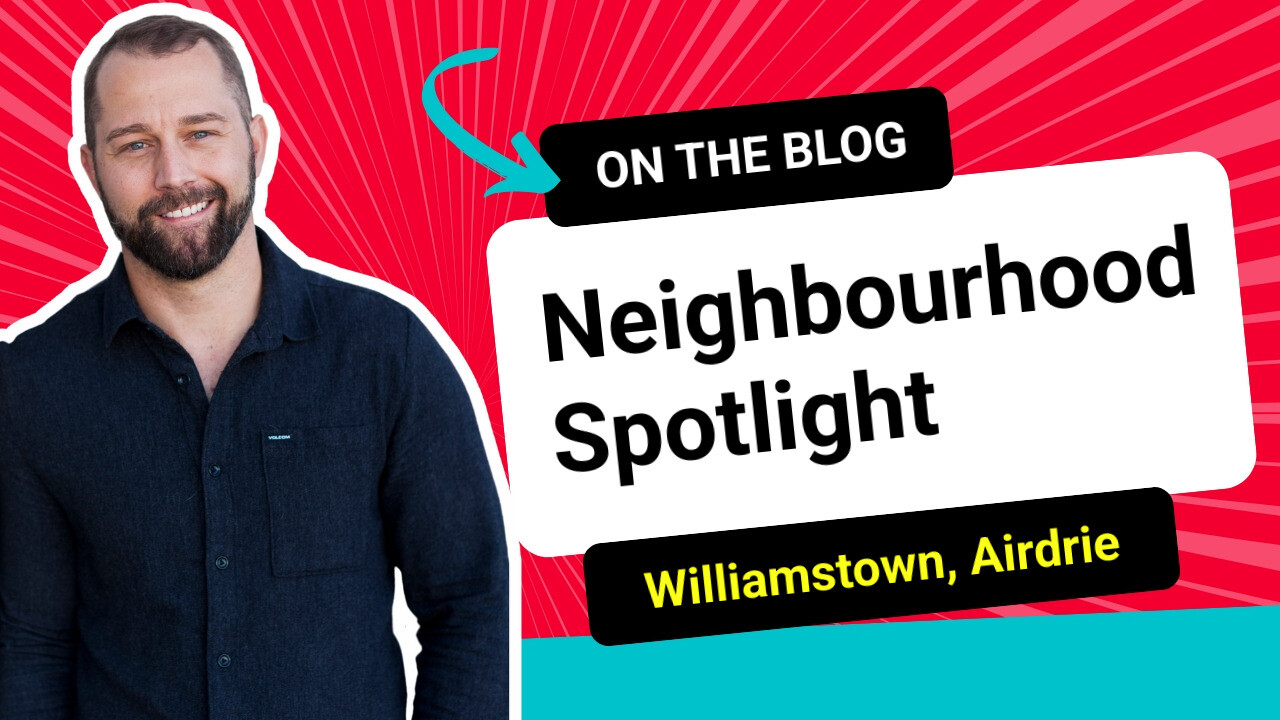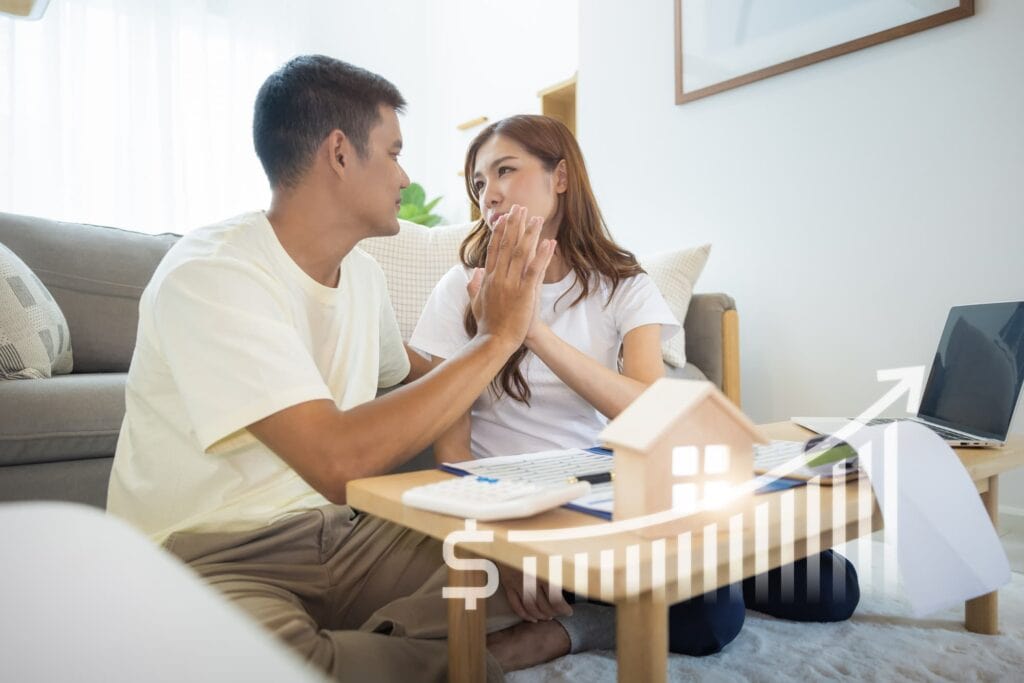
When selling your home, you want to maximize its value before putting it on the market. But how do you go about increasing the value of your house?
There are many ways to increase the value of your home before listing it. In this article, we’ll look at several ways to add value to your property. We’ll also talk about which of these techniques are most profitable so that you can make the most of your budget.
I’ve advised my clients to use each of these techniques in the past and seen dramatic increases in the value of their homes. And I’m sure you will too!
How to Add Value to Your Home: Tips on Increasing Your Property’s Worth
You can add value to a house in many different ways. And one of the most common things to do is to improve its appearance. This can include painting walls, changing out carpets, adding crown moulding, and so on.
But you can do many other things to add value to your home. Here are some examples.
Adding Or Improving Space
This could include improving the layout of rooms to maximize the space.
You could also consider replacing your windows. One of the best ways to do this is to make them bigger to allow more natural light into the room.
And if there’s one thing that would always appeal to buyers, it’s extra storage space. Bonus points if you can conceal it or make it multi-purpose.
You could also consider improving large spaces like your basement, kitchen, or garage.
According to Remodeling’s 2018 Cost vs. Value Report, a minor kitchen remodel can return 81% of its cost as added value. An upscale kitchen remodel with stone countertops, custom cabinets, etc., only recoups 53%.
Investing in the more modest outcome will ensure you get the most bang for your buck.
Improving Curb Appeal
Curb appeal is all about how visually appealing your property is from the outside, i.e. the curb.
And how do you improve your curb appeal?
Repair your roof, touch up your siding, and paint your exterior walls. You could also add some landscaping or outdoor lighting to your home.
It’s essential to leave an excellent first impression on prospective buyers. So, don’t lose out by focusing only on your interiors and neglecting your outdoor space.
Upgrading Your Interior
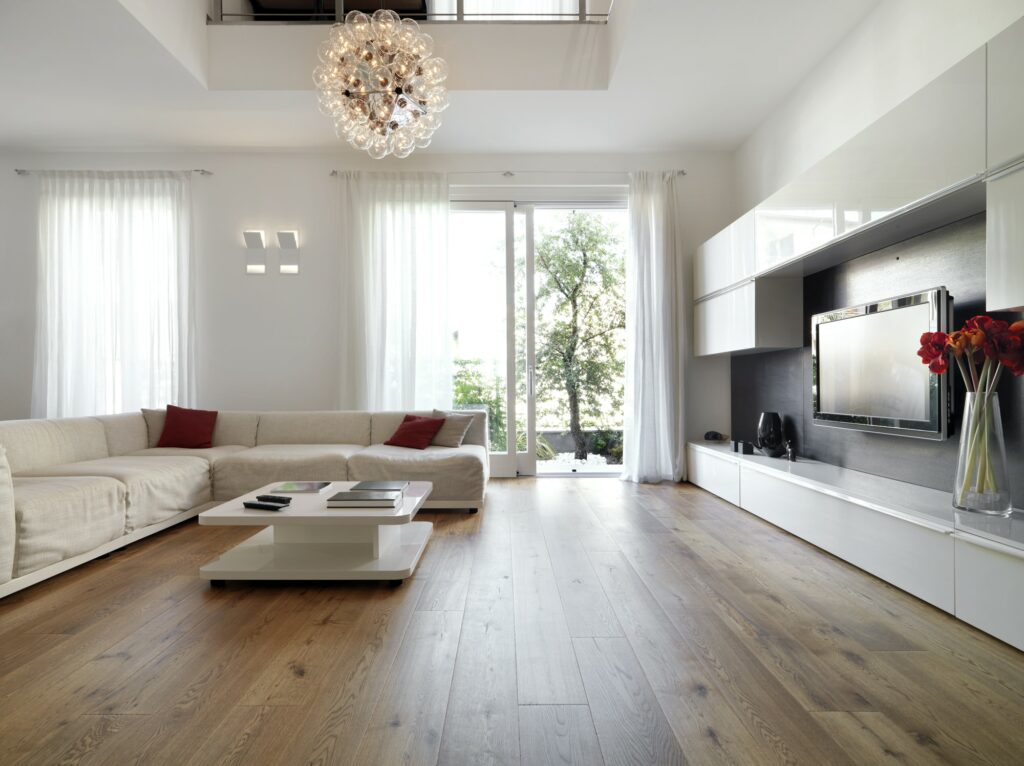
Internal appearances are as important as external appearances.
Here are some ways to start improving your interior space:
- Fix your leaky faucets.
- Repair the cracks in your walls.
- Replace your old and worn carpets.
For an instant upgrade to your indoor space, consider a new layer of paint. Design leader and CEO Liz Walton says that painting your home can bring you up to 100% return on investment. It also adds up to 5% to your home’s worth.
In today’s market, this could be a decision that pays for itself in no time.
You can also improve the atmosphere of a room and make it homier by upgrading your lighting fixtures. Look into some yellow or orange light fixtures to set the mood of your space.
The thing is, it doesn’t have to be grand. A simple upgrade could significantly impact your home’s value.
Making It Low Maintenance
You can also go for low-maintenance upgrades to add value to your home. This makes things easier for you and the buyer.
For example, install artificial turf in your backyard instead of planting grass. This allows you (and a potential buyer) not to worry about watering or mowing it.
You could also consider replacing worn flooring with durable hardwood floors. This would save you a lot of time in cleaning or vacuuming.
Adding Efficiency and Modernization
Installing smart features is also a good way to increase the perceived value of your home.
A Coldwell Banker’s 2018 survey found that homebuyers prefer to own home safety gadgets. Examples of these are fire detectors, thermostats, security cameras, and door locks.
You can also improve efficiency with in-floor heating or energy-efficient windows. These upgrades both reduce your energy consumption and also your carbon footprint.
What Adds the Biggest Value to a House
Three main things determine the value of a house: location, features, and condition. Since you can’t change your location, you only have two possible routes for adding value to your home.
Adding features will almost always add the most significant value to your home.
For example, most houses are generally priced by the number of bedrooms and bathrooms. But there’s usually an amount added if they have a garage, finished basement, or pool.
So, if your house doesn’t have a garage, it’s safe to say that adding one would increase its value.
Understanding if an upgrade of your home is worth all the effort and cost depends on its current state. Assuming it’s in terrible shape, a full remodel would increase its value. But if your home is generally well-kept, a deep clean and some touch-ups would most likely be enough.
Whether these changes will be profitable will vary based on your situation. But they are sure to increase the value of your home.
What Does Not Add Value to a Home
Unfortunately, some renovation projects don’t add any value to your house. Here are some examples.
- Adding unique, niche, or luxury items based on your personal preference. These additions will not increase your home’s value. In fact, they could even reduce the value of your home in the eyes of buyers.
- Painting the walls with eccentric colours. This could appear repulsive to others and discourage them from buying your home. Using interesting wallpaper specific to your taste will have the same effect.
- Transforming spaces to serve a specific purpose. If you convert your garage into a workshop, you may lose potential buyers who would prefer an extra parking spot. This can also decrease the market value of your home.
If you’re unsure whether a home improvement idea would be worth it, try seeking the help of a real estate professional. They’ll be able to give you advice on how to increase the value of your home before you sell it.
Best Ways to Increase the Value of Your Home In Order of Profitability
If you’re looking for ways to amplify the value of your home, there are many options available.
Here’s a simple way to know which upgrades make economic sense. The table lists each upgrade with its cost, added average worth, and potential profit. This should help ensure an easy decision-making process.
| Upgrade | Avg. Cost | Avg. Value Added (ROI) | Avg. Gain/Loss |
| Home Office | $3,500 | $3,850 (110%) | $350 |
| Curb Improvements | $5,000 | $5,250 (105%) | $250 |
| Minor Bathroom Remodels | $10,000 | $10,200 (102%) | $200 |
| Minor Kitchen Remodel | $20,000 | $19,600 (98%) | ($400) |
| Basement Finish | $20,000 | $18,000 (90%) | ($2,000) |
| Deck or Patio | $5,000 | $4,500 (90%) | ($500) |
| Hardwood Flooring | $15,000 | $12,000 (80%) | ($3,000) |
| Garage | $20,000 | $16,000 (80%) | ($4,000) |
| Outdoor Kitchen | $5,000 | $3,550 (71%) | ($1,450) |
| Open Floor Plan | $15,000 | $10,500 (70%) | ($4,500) |
| HVAC System | $8,000 | $4,480 (56%) | ($3,520) |
| In Ground Pool | $30,000 | $12,900 (43%) | ($17,100) |
| Smart Appliances | $15,000+ | $20,000 (133%) | $5,000 |
You can read more details below. Note that the above figures are all estimates. It’s always best to speak with your local realtor and contractor to determine the best option.
Add a Home Office
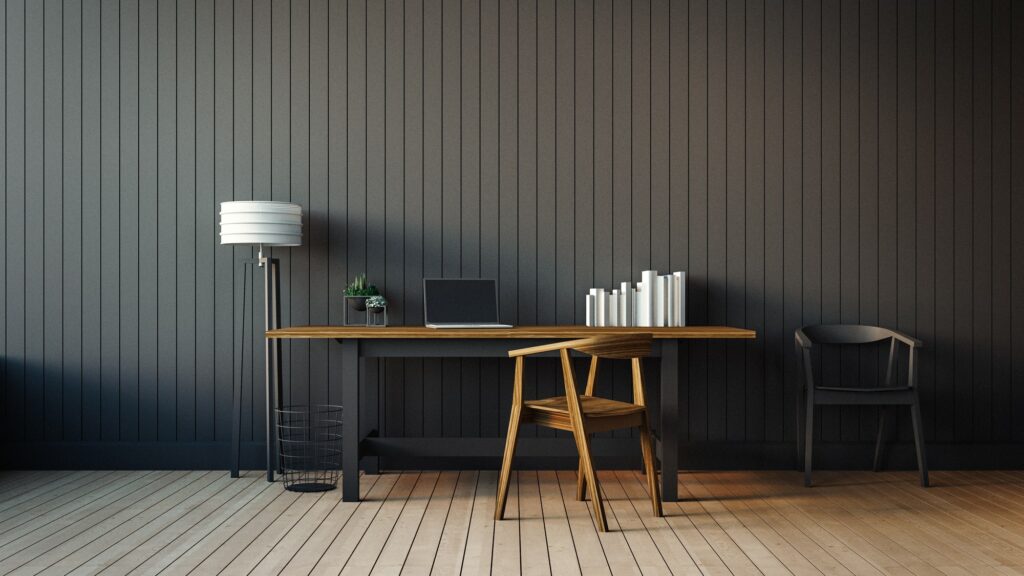
Adding a home office is one of the quickest ways to increase your home’s value. More and more buyers are now looking into homes with a home office (or at least a space in the house they can use as one).
So, this should be an easy win for you. Not only are you making your home more appealing, but you are also driving up its value without much sweat.
If you have a spare room at home, you can convert it to a home office without spending too much on improvement projects. Put in some basic home office supplies, and you’re good to go.
If you don’t have any spare rooms, you can consider dedicating a space to a simple home office setup. It can be as simple as a desk in the corner of your bedroom or living room. Or, if you have an unused section of your garage, that’s a great option, too.
Touch Up or Repaint Your Exterior
A fresh coat of paint can instantly improve the aesthetic of your home. The cost varies depending on what you’re doing, but it will always be worth it.
If there are only a few cracks on your exterior wall or chips in the paint, you can get away with touching it up. But if it looks unpleasant, it would be better to repaint or redo the whole exterior. The same goes for your interior paint.
Make sure to consider the type of siding you have before repainting. For example, some siding materials, like HardiePlank, are suitable for painting. Others, like Vinyl, are not easy to work with. In this case, you might have to replace it instead of repainting it.
Dress Up the Front of Your House
It doesn’t matter if you have a small square footage for your home. Make sure your curb appeal’s got game! Your outdoor space is as important as your interiors.
Power-wash your exteriors until they’re squeaky clean. Sometimes, a little scrubbing is all it takes to make your home look new again.
Also, invest in landscaping to make your curb more appealing. If you’re not good with plants, invest in artificial greenery. This is to make your home feel more welcoming.
Painting your front door and entryway will always generate a positive return at a very low cost. For less than $1,000, you can make your home’s exterior look inviting and warm. And this will go a long way when a potential buyer drives by or walks up to the house for their showing.
Remember, you only get one chance to make an excellent first impression! So, ensure you’re doing it right by paying attention to how your house looks from the outside.
Update Your House Numbers
House numbers are important for every home. They make it easier for your delivery couriers to find your residence. They’re also vital for authorities to quickly get to your home in an emergency.
Updating house numbers can boost your curb appeal. It will also increase your home’s value. This is a smart move, as house numbers only cost less than $200… unless you have a long address!
Install New Doors or Upgrade Locks
Doors generally cost about $250–$350 each, depending on the sizes and if they are standard doors. Solid core doors are costlier, but they only make sense for higher-end properties. Make sure to consider which type of door would best suit your home.
Also, I always suggest smart locks for the front door. Again, the price ranges from $300–$500. Now, these may seem a little expensive. But they add a certain level of convenience and safety to the home, making them well worth the money.
Upgrade Kitchen and Bathroom Fixtures
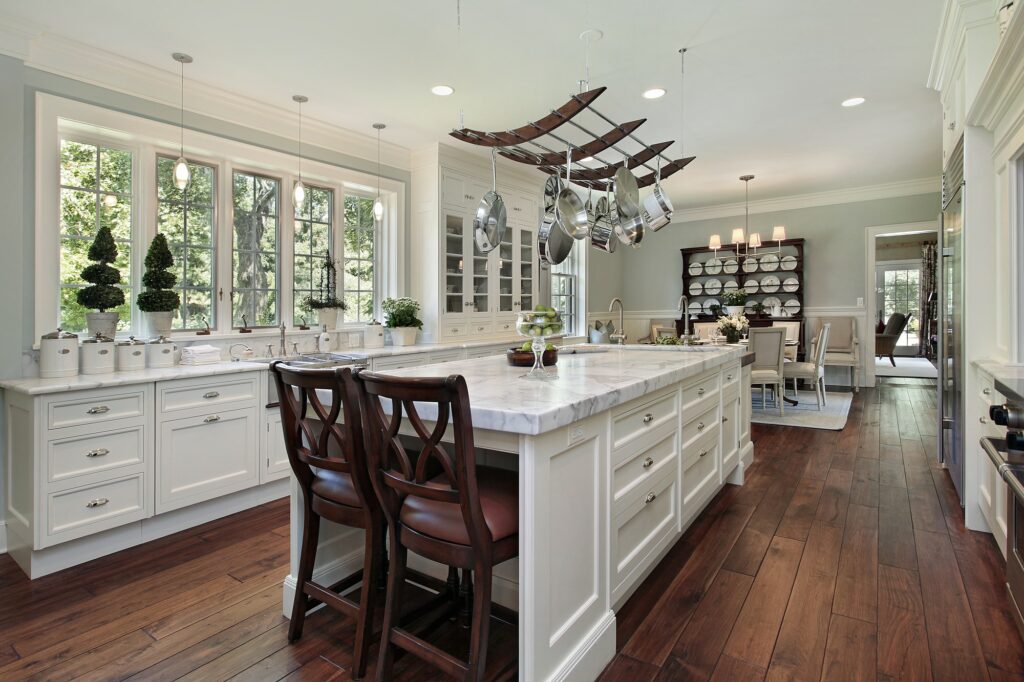
Bathroom and kitchen renovations are always a good idea. These two rooms are the main selling points of houses, so make sure you maximize their value.
Even simple improvements like upgrading fixtures could already add value to your home. Minor kitchen and bathroom renovations also give higher returns on investment than major ones.
Fixtures can range anywhere from $200–$5,000. Whether you go the expensive or cheaper route, it always makes a space feel warmer and more welcoming when it’s new.
Finish Your Basement
Finishing your basement doesn’t always mean you have to make it into another living room. Sometimes, all you have to do is add some flooring, paint the walls, and install an HVAC system. You could add furniture or appliances if you want, although you don’t have to.
Keeping the basement vague could appeal more to buyers as this implies that they can use the space based on their preferences. They’re free to turn it into more rooms and bathrooms or leave it open to serve as an extra recreation space.
One of the first things buyers pay attention to is the number of rooms in a house. You can add rooms in your basement before selling your home to cater to more future buyers. But keep in mind that this would cost more than doing only basic furnishings.
Install a Patio or Deck
People love to sit outside on a beautiful deck or patio. If the space is attractive and enjoyable, it will be worth more to some buyers.
Decks can range from $5,000–$20,000, depending on the size and materials used. A patio is cheaper at an average cost of around $3,000–$5,000. These add about the same value, so you’re free to choose which one you want to add to your home.
Refinish or Replace Flooring
This is a big one. Flooring is expensive, but no one wants to move into a house and still have to replace the floors. It’s tough to do once your furniture is in the way.
Don’t lose significant value for your home by leaving this up to the buyers. Before selling your home, you should pay attention to your flooring. Decide whether it would be better to repolish it or change it completely.
Add a Garage or Parking
Functionality always increases the value of a home. And with the number of people owning cars these days, a garage is sure to drive up your home’s value.
A double-car garage could be more appealing, but it roughly costs $20,000–$25,000. So, only do it if it’s necessary.
Also, decide whether your home would do better with an attached or detached garage.
Get a New Garage Door
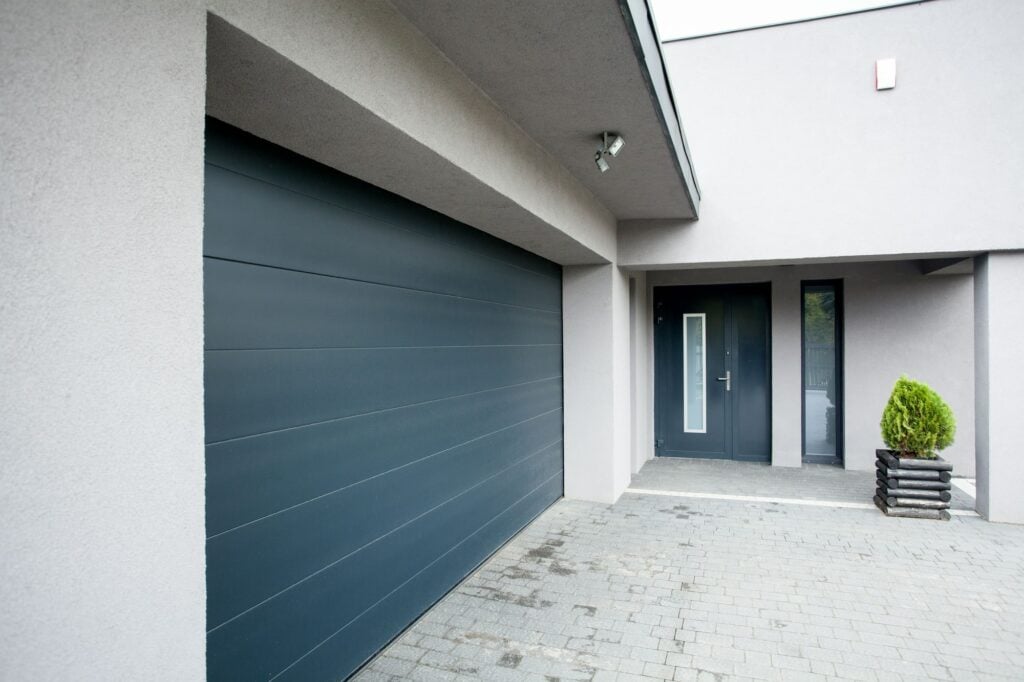
If you already have a garage, all that’s left is to improve it.
Getting a new garage door makes sense if your current one is already damaged. But if it’s still in good shape, repainting it would be the wiser choice.
A garage door costs around $300–$500. So, only invest in it if necessary and only if it can add value to your home. Otherwise, you’re better off focusing on other improvements with higher returns on investment.
Add an Outdoor Kitchen
Some people would pay more for a house with an outdoor kitchen, and others would feel it’s a negative. One of the common drawbacks of having one is the regular maintenance needed.
An outdoor kitchen could be perfect for BBQ parties in the summer. But other than that, they may not be that practical. So, it’s more of a matter of preference to add an outdoor kitchen to your home.
Change to an Open Floor Plan
An open-concept floor plan makes any house more breathable and inviting. It makes the space feel less cramped and more seamless.
There has been a decline in the demand for open floor plans, but it’s something that will never go out of style. If you want your home to feel and look bigger, consider making this improvement before selling it.
This might cost more depending on whether your walls are load-bearing or freestanding. So, make sure you speak with a professional first before deciding to take on this project.
Replace HVAC Components
You should indeed replace your HVAC system, but only if necessary.
Regular servicing may be necessary to make sure it’s running as expected. Also, it should be part of your regular home maintenance.
But there’s no need to fix something that is working well. As long as your HVAC system is working as it should, you don’t have to worry about it.
Add a Pool or Hot Tub
An inground pool or a hot tub could sound tempting to add to your home. They do add some appeal, but these will not actually increase the value of your home.
Some people even ask to have the hot tubs removed by the sellers when they buy.
But there are also some markets where swimming pools or hot tubs are in demand. It depends on your target clients and your location.
Install Smart Home Technology
Installing smart home technology is a great way to increase the value of your home before selling it. This type of technology is more popular than ever. And it presents unique features that make the sale of your house much more attractive.
Smart home technology provides increased security, energy efficiency, and convenience. You can control your home remotely with voice commands. And you can get real-time notifications if someone uninvited enters your property.
You can also save up on energy bills with smart devices. You can set your appliances to automatically turn off when you’re not at home. This also offers convenience since you won’t have to turn things on and off manually.
With the installation of smart home tech, selling your house can be simpler.
A 2016 survey revealed that 43% of Canadians are willing to pay more for a house with smart technology. And 51% would go as far as paying up to $5,000 extra. Another 23% are willing to pay up to $10,000 extra.
How To Enhance Your Property’s Valuation and Worth

A home appraisal, usually requested by a lender, is part of the home-buying process to assess a home’s value.
Home appraisers will look for specific things in your home to show their value in the report. This includes:
- Home structure and features. They factor in the number of bedrooms and bathrooms in your home. They’d also give a higher value for a home with a two-car garage than one with a single-car garage.
- Home’s nearby characteristics. For example, is it close to a street lamp? Is it accessible by vehicles? Is the area prone to flooding?
- Functionality. Appraisers also check whether everything inside the house is working well. They look for leaky faucets, cracks in the walls and ceiling, faulty wiring, and so on.
But these aren’t always the same things buyers look for in a home. So, you have to consider both sides before deciding on improvement projects. This is where a real estate agent will be helpful.
Find the balance between what’s necessary for the home appraisers and what’s appealing for the buyers. Your goal is to maximize your home’s value so you can have as high a sale price as possible.
How To Increase the Resale Value of a Home
If you’re looking to sell your home, you must make it look and feel as good as new.
Most buyers want a clean slate when they move houses. So, you have to make an effort to cater to their potential needs and wants in a home.
For example, you must ensure that your interior paint is on point. Use neutral paint colours or earthy tones to attract the most buyers. You could add some quirky elements here and there but do it in moderation.
Also, make your home feel welcoming. Buyers are looking for that homey feeling when they step inside the house. So, make sure you give them that.
Consider adding a fireplace under the television. It’s worth the investment.
It’s things like these that make an impact on buyers and increase the resale value of your home. Show potential buyers that you care enough to accommodate these changes in your home.
The Best Way to Pay or Finance Home Upgrades
When financing home upgrades, the best method depends on your current financial situation.
Deferred payment methods, such as cash advances and credit lines, are often cost-efficient. This approach allows you to fund necessary repairs or upgrades upfront.
Then, you can pay off the cost in smaller instalments once your house has gained much value.
Tapping into the equity in your existing home is also a great option. You can do this through refinancing or obtaining a HELOC (Home Equity Line of Credit).
Both options have advantages and drawbacks. But they provide you with more funds upfront so that larger projects won’t strain your wallet all at once.
An easier yet less certain way of financing upgrades is outsourcing private investment capital. This can be demanding to find based on your location and the investor’s trust in you.
Still, it is one of the most favoured methods real estate investors use. This is because they view this as low-risk with high potential returns from flipping properties.
Renovating Your Home to Increase Value
If you’re thinking of selling your home, now is the time to decide which home improvements you plan to make.
Some of these options can take some time to complete. So, be sure to speak with a real estate agent and a local contractor before starting.
The sooner you start planning, the better. You might even find yourself enjoying a higher asking or sale price than you expected.
If you need help deciding what areas to improve before selling your home, please get in touch with us today!





